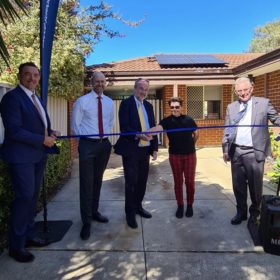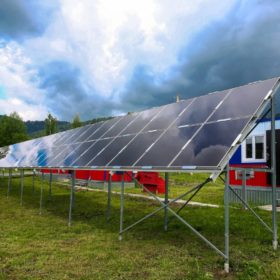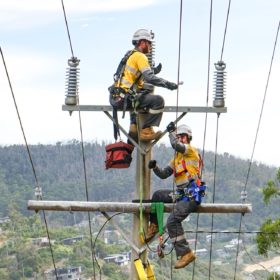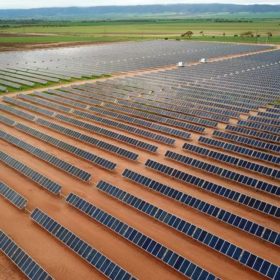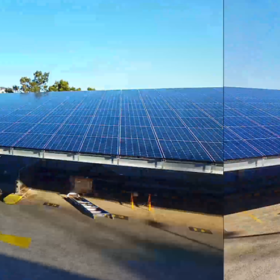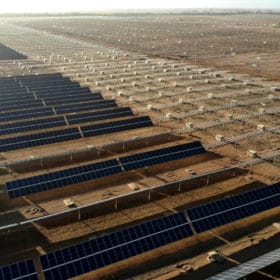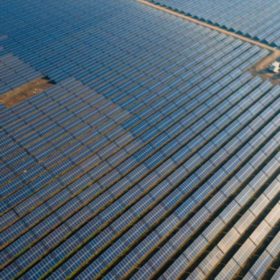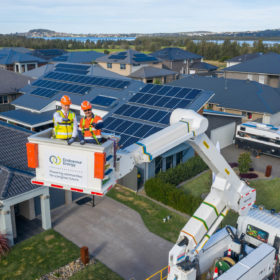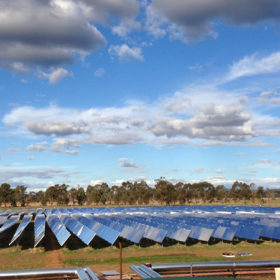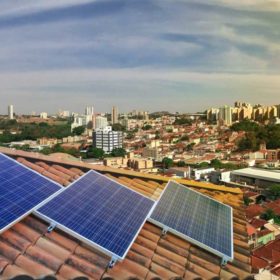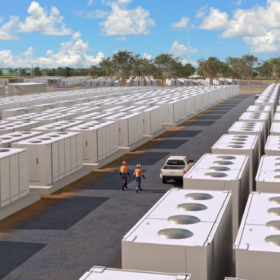Low-income tenants get relief in Australia’s big public-housing solar retrofit — latest evidence from WA
For a small infrastructure investment in rooftop solar systems, state governments can make a material difference to the lives of social housing tenants, and further their net-zero ambitions. Western Australia reports another win-win.
Measuring impacts on solar performance, whatever the weather
Scientists in the United States used machine learning to analyse maintenance reports, performance data and weather records from more than 800 solar farms located across the country. The analysis allowed them to determine which weather conditions have the biggest impact on PV generation, and to suggest the most effective ways to boost the resilience of PV installations to extreme weather events.
Powercor claims 30% increase in rooftop solar export approvals
Victorian network service provider Powercor claims a major works program designed to alleviate grid congestion in areas of high rooftop solar PV penetration has boosted the approval rate for new solar connections to export excess energy to the grid by an impressive 30%.
Solar farms purchase advances MPower’s own+operate ambitions
Renewable energy developer MPower is progressing plans to establish a portfolio of up to 20 small-scale solar PV farms in Australia, confirming binding purchase agreements have been signed for two 5 MW project sites.
Solar carpark now powering Wollongong’s council
Wollongong council’s administration building is now being powered, at least partially, through a 200 kWp+ solar carpark.
Victoria opens tender for ‘at least’ 600 MW of renewables in second reverse auction
The Victorian government has launched its second Victorian Renewable Energy Target auction, aiming to attract “at least” 600 MW of new renewable energy capacity to the state.
Land secured from traditional owners for solar + storage, progressing SA’s 1.3 GW renewable hub
Canadian clean energy company Amp Energy has secured a lease agreement with Indigenous landowners to develop a solar farm and storage system in Whyalla, South Australia. The project is one of three sites which make up the company’s proposed Renewable Energy Hub of South Australia, announced in May.
Solar could supply 77% of Australia’s electricity demand by 2026
Australia’s solar uptake is now forecast to reach 8.9 GW by 2025, on top of the 14 GW already installed, according to the Australian Electricity Market Operator.
Explaining the $16.5 million write-down of Genex’s Jemalong Solar Project
Genex Power’s latest annual report makes inspiring reading, with its plans for repurposing of the Kidston Gold Mine into a renewable energy hub progressing through stages. Its Jemalong solar farm is also delivering to plan — what then of the write down?
Where rooftop solar meets the most money-saving energy plan — it’s personal
It’s not just big companies that are benefiting from digitisation and data analytics. Today sees the rollout of a new optimising algorithmic marvel that easily shows solar PV owners which of a myriad of constantly changing retail energy plans will save them the most on their electricity bill. No need to die wondering!
